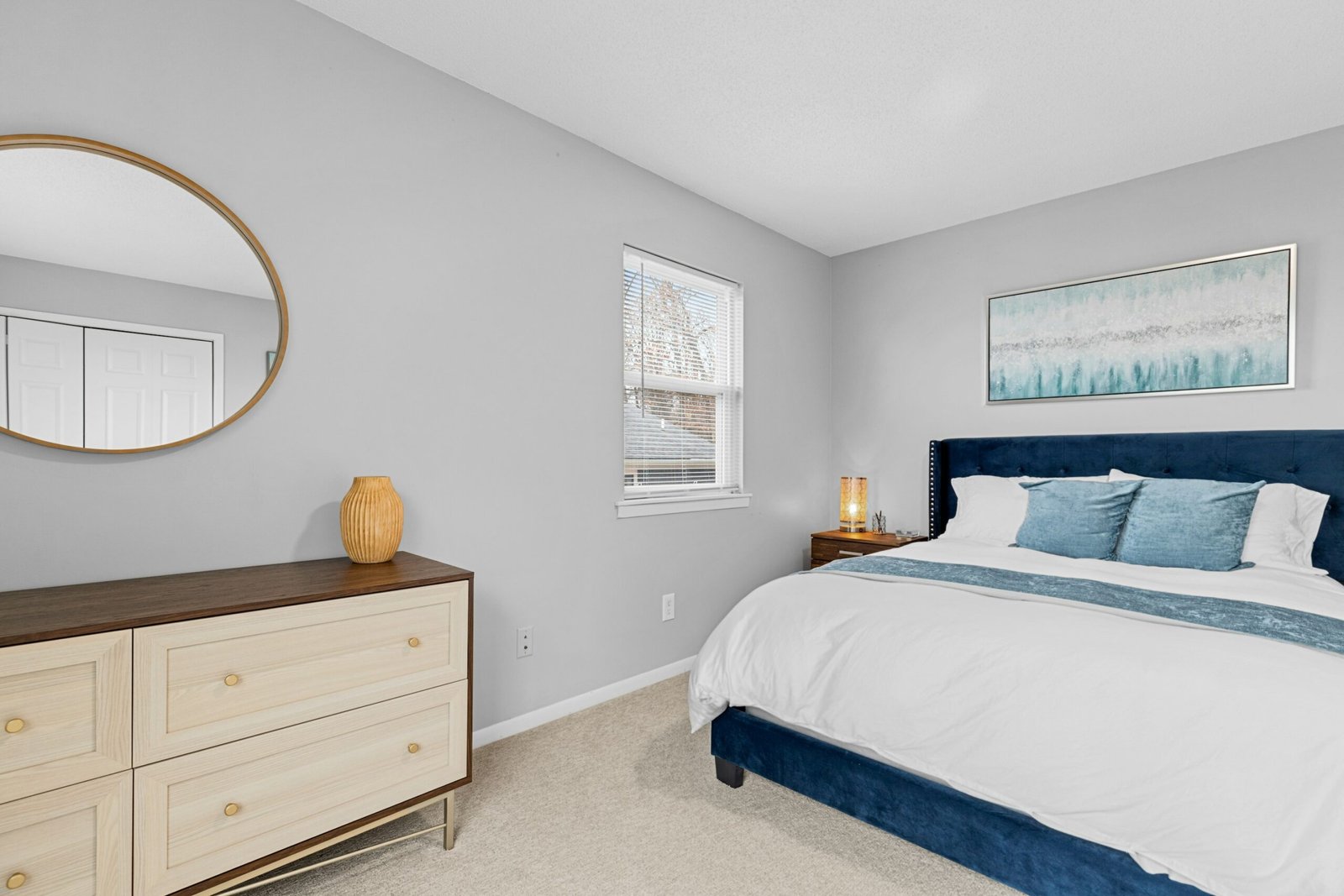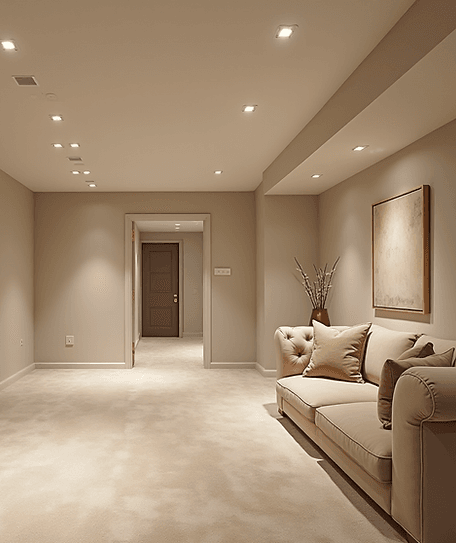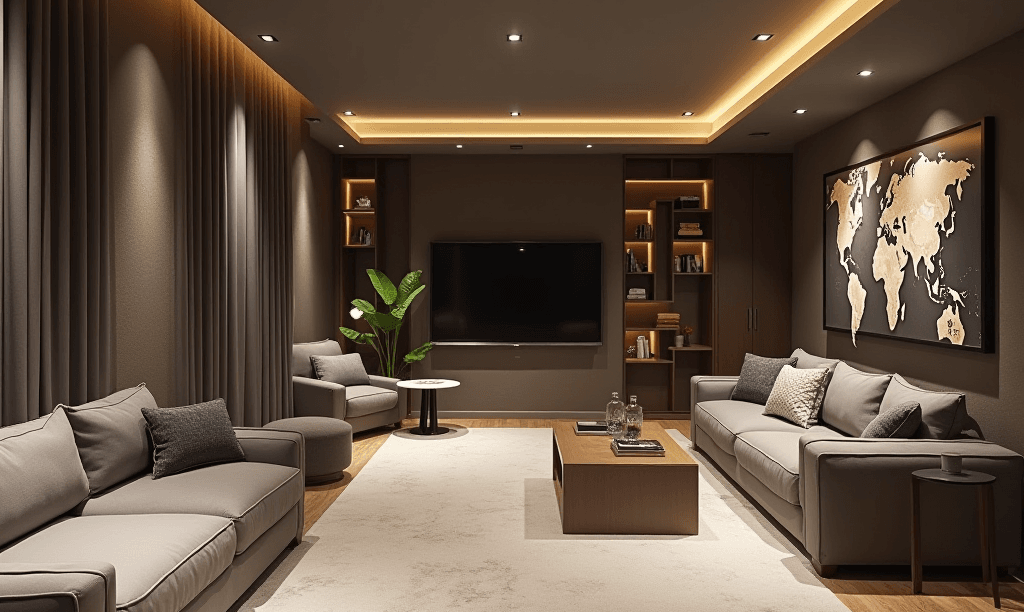
RESIDENTIAL
Featured Projects



Why Damp Proofing In Residential Building:
Damp proofing in residential buildings is crucial for protecting the structure and ensuring a safe, healthy, and comfortable living environment.
Importance of Damp Proofing in Residential Building:
1. Structural Integrity
Prevents Material Degradation: Moisture can weaken walls, floors, and ceilings, especially in materials like wood, plaster, and concrete.
Avoids Foundation Issues: Rising damp and water ingress can compromise the foundation, leading to cracking or settlement.
2. Health and Safety
Prevents Mold and Mildew Growth: Damp areas encourage mold and mildew, which can cause respiratory issues, allergies, and other health problems for residents.
Reduces Dust Mites: Moist environments are ideal for dust mites, which are common allergens.
3. Regulatory and Safety Compliance
Meets Building Codes: Many jurisdictions require damp proofing to comply with health and safety standards.
Meets Building Standards: Most building codes require damp-proofing measures to ensure health and safety.
Fire Safety: Damp conditions can increase the risk of short circuits and electrical fires due to corrosion of wires and equipment
Electrical Safety: Damp walls can lead to short circuits and increase the risk of electrical fires.
4. Aesthetic Appeal
Protects Interiors: Damp can damage wallpaper, wooden floors, and furniture.
Prevents Unsightly Stains and Peeling Paint: Damp can cause paint to peel and walls to develop discoloration or salt deposits (efflorescence).
